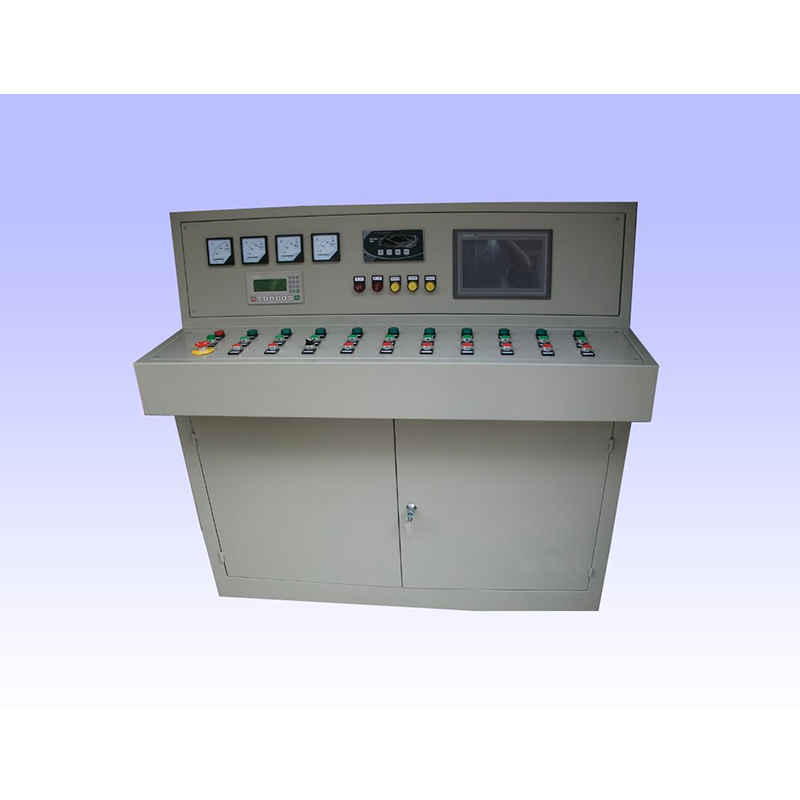
Dec . 25, 2024 11:41
Back to list
Design and Functionality of Gas Pressure Regulation Stations for Safe Distribution
Gas Pressure Reducing Station An Overview
Gas pressure reducing stations play a crucial role in the distribution of gas, ensuring that it is delivered to consumers at a safe and usable pressure. As part of natural gas transmission and distribution systems, these stations manage gas pressure levels, maintaining safety and efficiency in systems that propel gas from high-pressure transmission lines to lower-pressure endpoint users.
Functionality of Gas Pressure Reducing Stations
At its core, a gas pressure reducing station is designed to reduce the pressure of natural gas that arrives from a transmission pipeline. Typically, this gas is transported at high pressure, which is necessary for efficient long-distance movement through pipelines. However, once this gas reaches urban or residential areas, the pressure must be reduced to safe levels suitable for consumption by homes and businesses.
The primary components of a gas pressure reducing station include pressure control valves, filters, regulators, and measurement devices. The process begins when high-pressure gas enters the station. As gas flows through the station, pressure control valves play a pivotal role by adjusting the pressure to meet specific requirements. These valves can be manually set to desired levels or can operate automatically based on real-time pressure readings.
In addition to pressure regulation, these stations also include filters to remove any impurities or particulates from the gas, ensuring that only clean gas is delivered to consumers. Measurement devices are essential for monitoring pressure and flow rates, providing necessary data for maintaining system integrity and operational efficiency.
Importance of Safety Measures
Safety is the foremost priority in the design and operation of gas pressure reducing stations. High-pressure gas presents significant hazards, including the risk of explosions, leaks, and exposure to toxic materials. To mitigate these risks, stations are equipped with several safety features, including emergency shut-off valves and pressure relief systems.
gas pressure reducing station

Emergency shut-off valves are designed to isolate the station from the pipeline in case of a malfunction or a detected leak. These valves can be activated manually or automatically, halting gas flow and preventing potential disasters. Pressure relief systems are also vital; they allow excess gas to escape safely in the event of an overpressure situation, thereby protecting equipment and personnel.
Furthermore, routine inspections and maintenance are crucial. Operators conduct regular checks to identify potential issues, such as wear and tear on valves and pipes or unusual pressure fluctuations. By adhering to stringent safety standards and operational protocols, gas utilities serve not only to protect their infrastructure but also to safeguard their communities.
Environmental Considerations
With growing concerns about environmental impacts from fossil fuels, the operation of gas pressure reducing stations is also scrutinized for sustainability. Natural gas is often considered a cleaner alternative to other fossil fuels, but the efficiency of its distribution affects its overall environmental footprint.
Innovative technologies are being integrated into gas pressure reducing stations to minimize emissions and enhance energy efficiency. For instance, using renewable energy sources to power ancillary systems within the station can reduce reliance on grid energy and offset carbon emissions. Moreover, advancements in leak detection technology help operators quickly identify and address any small leaks before they escalate.
The Future of Gas Pressure Reducing Stations
As energy consumption patterns evolve and focus shifts increasingly toward cleaner sources of energy, the role of gas pressure reducing stations will be integral in transforming natural gas into an effective bridge fuel. Adaptations to the infrastructure, such as facilitating the integration of biogas or hydrogen, could redefine how gas is delivered in the future.
In summary, gas pressure reducing stations are vital components of natural gas distribution networks, ensuring safe and efficient delivery to end users. Through advanced technology, stringent safety measures, and environmental considerations, these stations are poised to continue their essential role in the energy landscape, adapting to meet the demands of tomorrow's energy consumers while prioritizing safety and sustainability.
Latest news
-
Safety Valve Spring-Loaded Design Overpressure ProtectionNewsJul.25,2025
-
Precision Voltage Regulator AC5 Accuracy Grade PerformanceNewsJul.25,2025
-
Natural Gas Pressure Regulating Skid Industrial Pipeline ApplicationsNewsJul.25,2025
-
Natural Gas Filter Stainless Steel Mesh Element DesignNewsJul.25,2025
-
Gas Pressure Regulator Valve Direct-Acting Spring-Loaded DesignNewsJul.25,2025
-
Decompression Equipment Multi-Stage Heat Exchange System DesignNewsJul.25,2025

